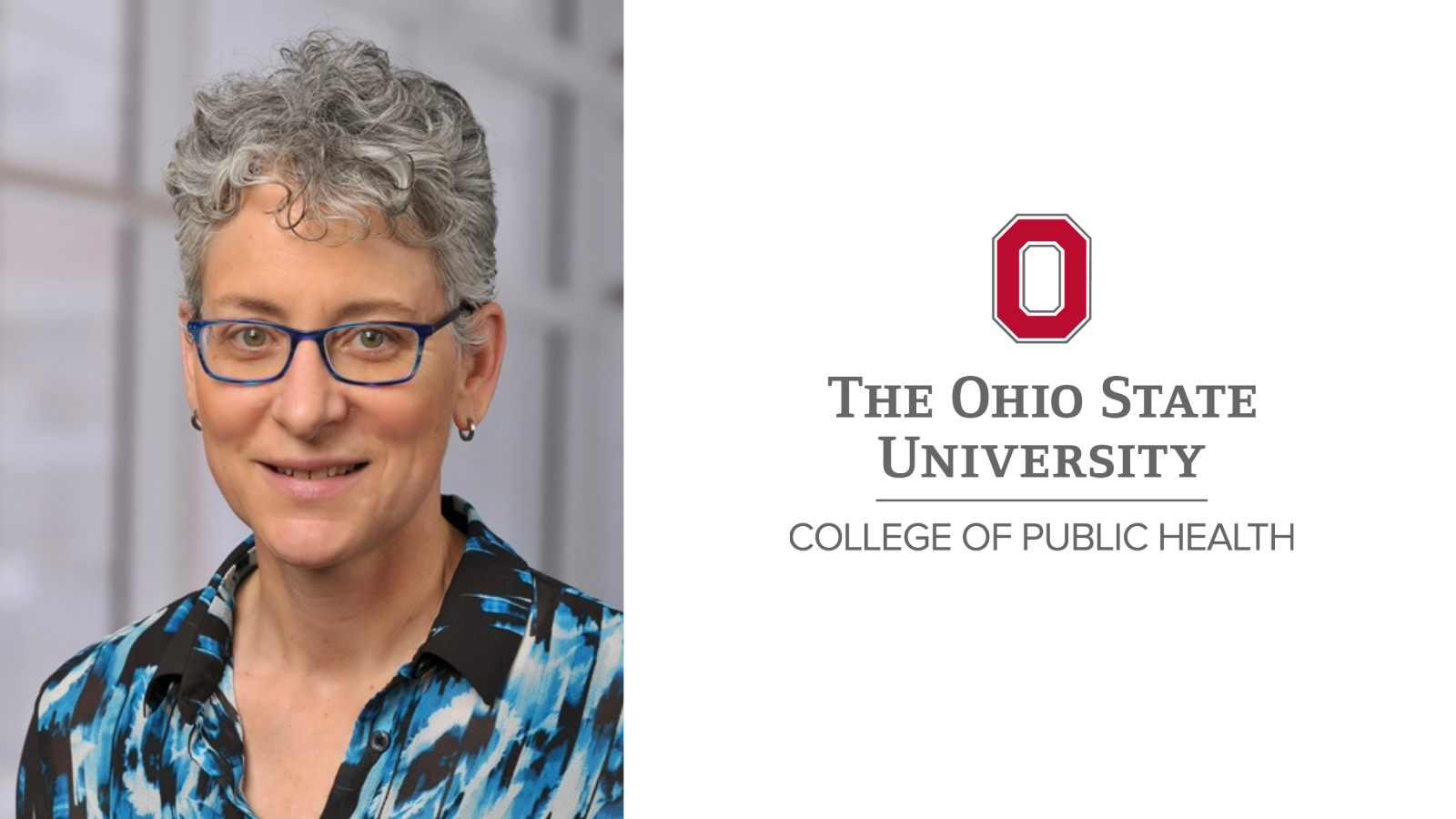Advancing our understanding of e-cigarette harms
Universal smoking machine adaptor developed by CPH faculty licensed
By Kristen Mitchell

A tool designed by College of Public Health Research Professor Marielle C. Brinkman to improve testing of e-cigarettes and other electronic and combustible tobacco products was recently licensed, opening the door to widespread use and a better understanding of how these products impact human health.
The universal smoking machine adaptor, developed by Brinkman and Theodore L. Wagener, professor at the College of Medicine and director of Ohio State’s Center for Tobacco Research, is designed to work seamlessly with smoking machines that have been used for decades in tobacco product emissions testing. Mimicking human behavior, the machines “puff” on a cigarette and capture the smoke, which is then analyzed.
While different brands of cigarettes share a similar look, weight and mouth end, modern tobacco products do not. The universal smoking machine adaptor was designed to ensure these newer products — which are marketed toward teens and young adults — can be rigorously tested by researchers, industry and regulatory experts.
“When products hit the market you see a lot of testing of the e-liquids. That is informative, but it isn’t ultimately what the consumers are going to be exposed to,” Brinkman said. “Testing the emissions is a key part of understanding any adverse health effects associated with the use of a product.”
Cerulean, a global producer of smoking and vaping machines for tobacco product emissions testing, licensed the new adaptor. In 2023, Brinkman and her team submitted a patent, which is pending, for their creation.
The initial project was funded by a $5 million cooperative agreement from the U.S. Food and Drug Administration’s (FDA) Center for Tobacco Products.
The licensing of the device comes at an important time, Brinkman said. In recent years, the types of tobacco products on the market have rapidly changed. Popular e-cigarettes today are bigger, heavier and have stronger batteries — which is directly related to their ability to put nicotine into the aerosol. They are also frequently labeled disposable to subvert the FDA’s ban on flavored products, even though they can be puffed thousands of times, she said. Some come with games or can even charge your phone.
While many of these products have not been approved for U.S. sales, overseas manufacturers have flooded the market and overwhelmed the FDA’s ability to ensure compliance, Brinkman said.
So what’s next? The Ohio State team has submitted a proposal for a study that will focus on emissions testing variability across and within 15 labs, critical data for the tool to be incorporated into standardized testing.
“That is the biggest hurdle in terms of gaining wide-scale acceptance of the adaptor among all academic, regulatory and industry stakeholders,” Brinkman said. “Testing labs won’t use this adaptor until that type of study has been done — and for every one emissions test that I conduct in academia, industry probably conducts 1,000.”
Tobacco product manufacturers are constantly looking at their products and trying to understand how different additives affect the aerosol that consumers inhale, Brinkman said.
“If precise and repeatable testing shows that these products are more harmful than other tobacco products in the marketplace,” Brinkman said. “That is when the FDA can step in and take action.”